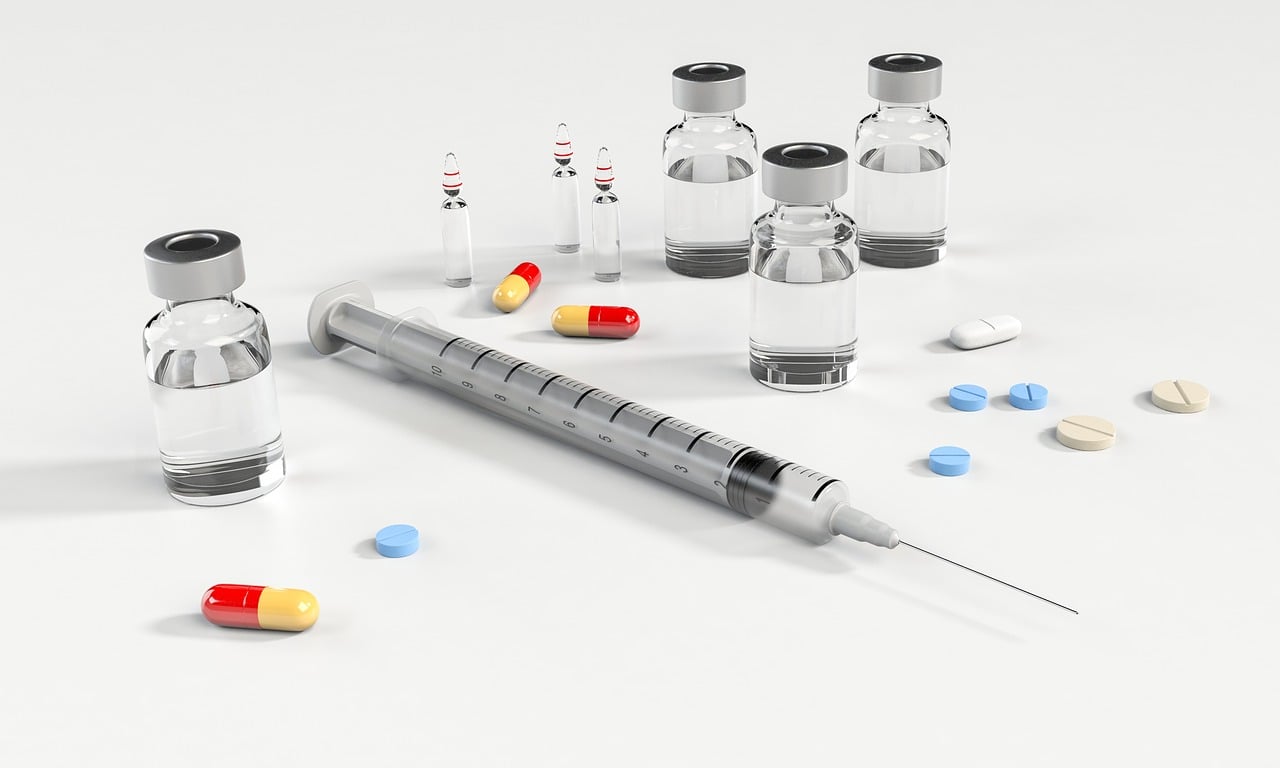Abstract
The therapeutic landscape for venous thromboembolism (VTE) is complex, particularly in Asian populations where genetic and physiological nuances significantly influence the risk-benefit ratio of anticoagulant therapy. This review delves into empirical data surrounding the administration of anticoagulants, such as Heparin and direct oral anticoagulants (DOACs), in Asians, highlighting pharmacogenomic considerations, hemorrhagic risk assessments, and dosing strategies. It aims to provide a concrete, data-driven framework to support clinical decisions in the management of VTE within this demographic.
Pharmacogenomics and Dosing in Asian Populations
Asian patients often require lower dosages of warfarin, attributed to polymorphisms in genes like CYP2C9 and VKORC1, which affect drug metabolism and sensitivity. Research suggests that the median warfarin dose required for therapeutic anticoagulation in Asians is significantly lower than in Caucasian populations, advocating for a cautious approach to dosing that begins at 3 or 5 mg of warfarin, compared to the 5 to 10 mg recommended in Western guidelines (ASH Publications).
Hemorrhagic Risks: Quantitative Insights
The incidence of intracerebral hemorrhage in Asian patients treated with warfarin for atrial fibrillation (AF) is reported at 1.8%, significantly higher than the 0.4% observed in non-Asians. Furthermore, Asian patients with VTE treated with warfarin exhibit a higher risk of major bleeding or clinically relevant nonmajor bleeding (11.7%) compared to their non-Asian counterparts (9.4%) (ASH Publications). These statistics underscore the critical need for meticulous patient selection and monitoring to mitigate hemorrhagic risks.
Efficacy and Safety of DOACs: Analyzing the Evidence
DOACs present a viable alternative to warfarin, with studies demonstrating their efficacy and reduced risk of major bleeding in Asian populations. Notably, a retrospective study from a Taiwanese database highlighted similar risks of recurrent VTE and bleeding with DOACs compared to low-molecular-weight heparin (LMWH) in Asian patients. The inclusion of Asian participants in pivotal randomized trials, although limited, has shown that DOACs can be as effective as warfarin with a lower risk of major bleeding, including intracranial hemorrhage. However, caution is advised in patients with extremely low body weight (<40 kg) and those prone to drug interactions, including with herbal medicines (ASH Publications).
Clinical Recommendations: A Data-Driven Approach
Given the elevated risk of hemorrhage, particularly intracerebral, and the distinct pharmacogenomic profile of Asian patients, anticoagulant therapy should be approached with precision and caution. Initial warfarin dosing should consider the lower median dose requirements, starting at 3 to 5 mg. For DOACs, attention must be paid to body weight and potential drug interactions. Regular monitoring and adjustment based on clinical response and bleeding risk are paramount to optimizing therapeutic outcomes.
Conclusion
The administration of anticoagulants in Asian patients demands a nuanced, evidence-based approach. By integrating pharmacogenomic data, acknowledging the heightened risk of hemorrhagic complications, and evaluating the efficacy of DOACs within this demographic, healthcare providers can make informed, individualized decisions regarding anticoagulant therapy in Asian populations.
Note: Before relying on the information in this article, please ensure you have read our Disclaimer for important legal and health information.
Author: David Halenta
References: Hematology, American Society of Hematology, “Thrombosis and anticoagulation: clinical issues of special importance to hematologists who practice in Asia,” View Source.

Leave a Reply